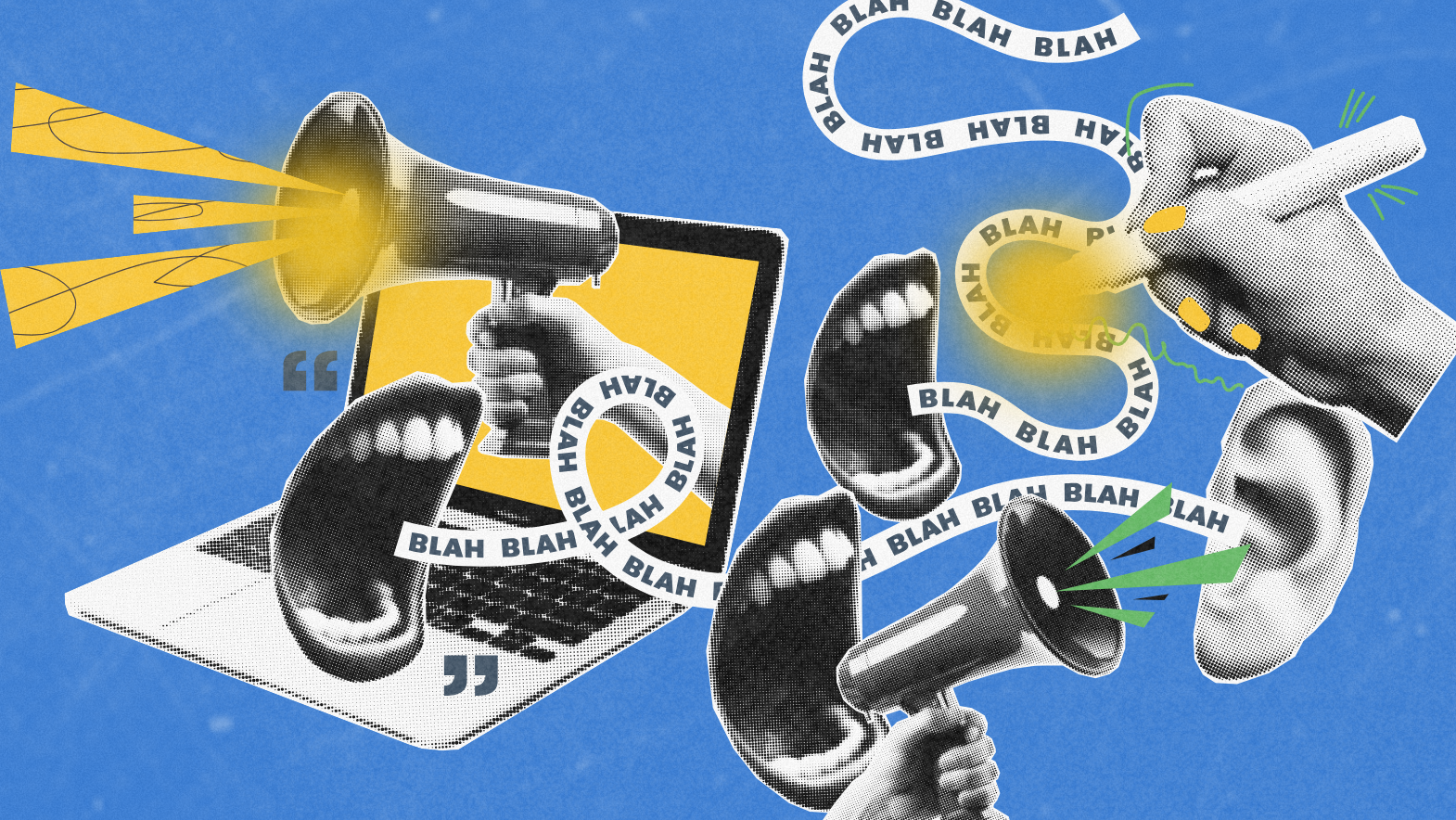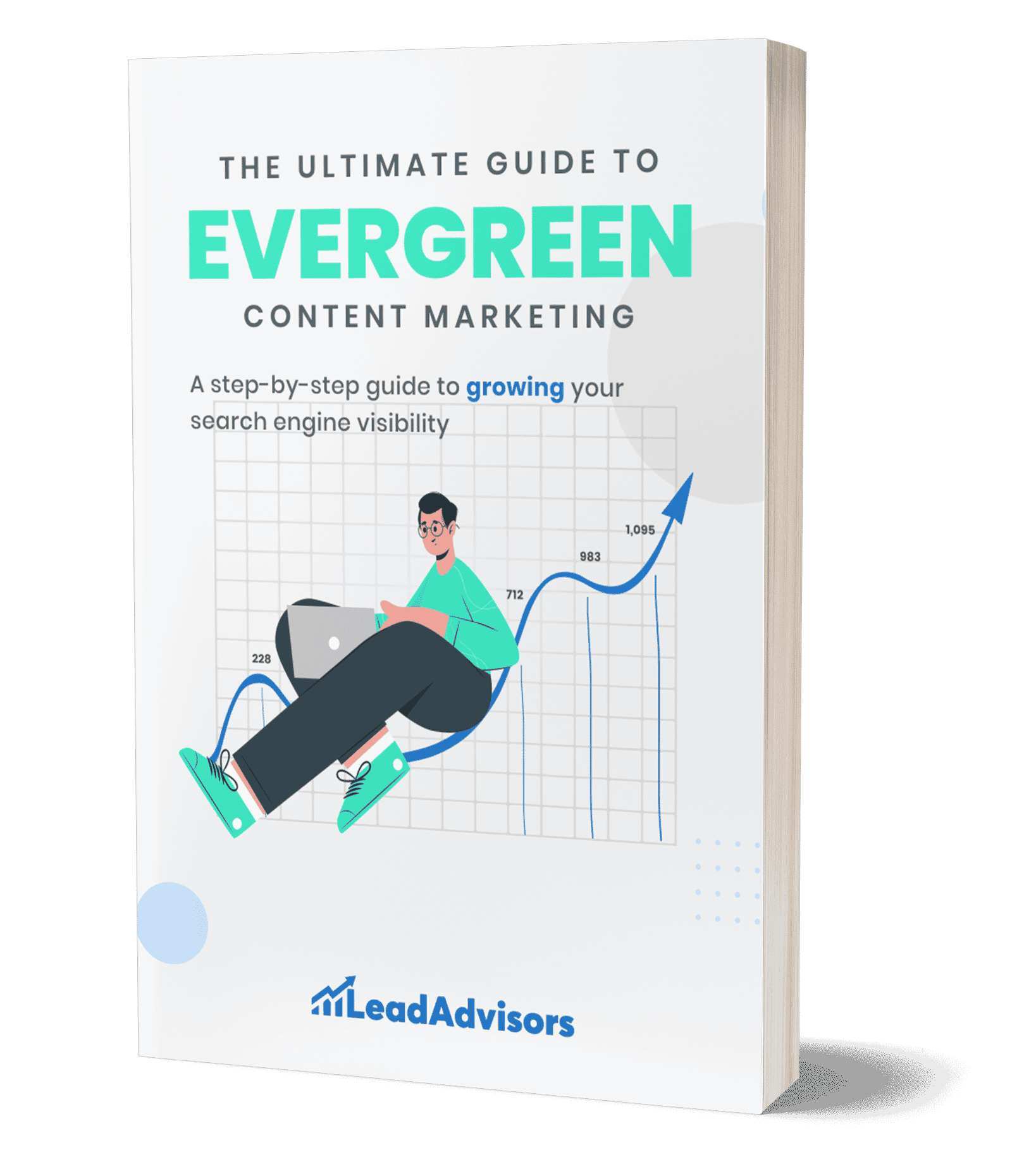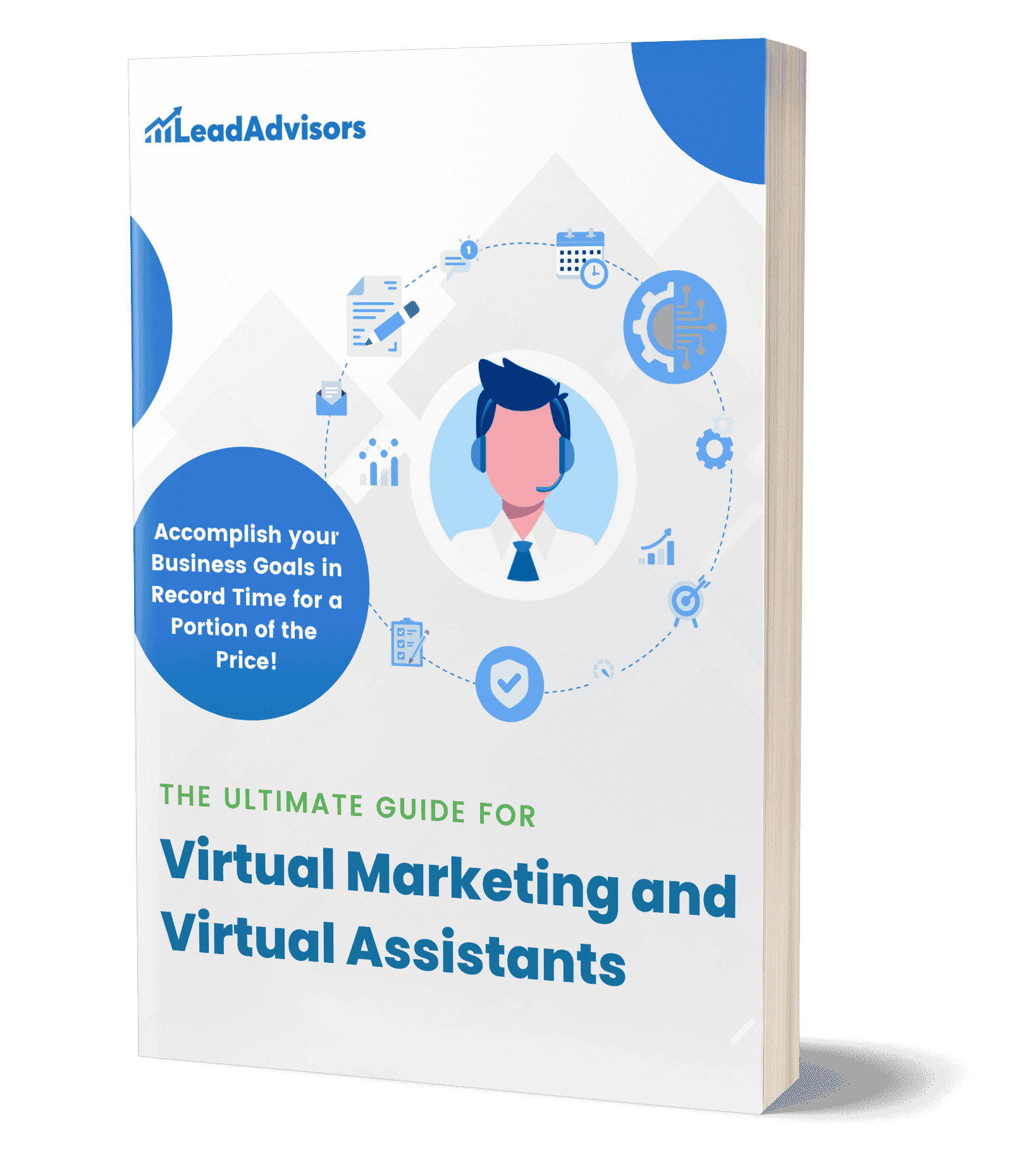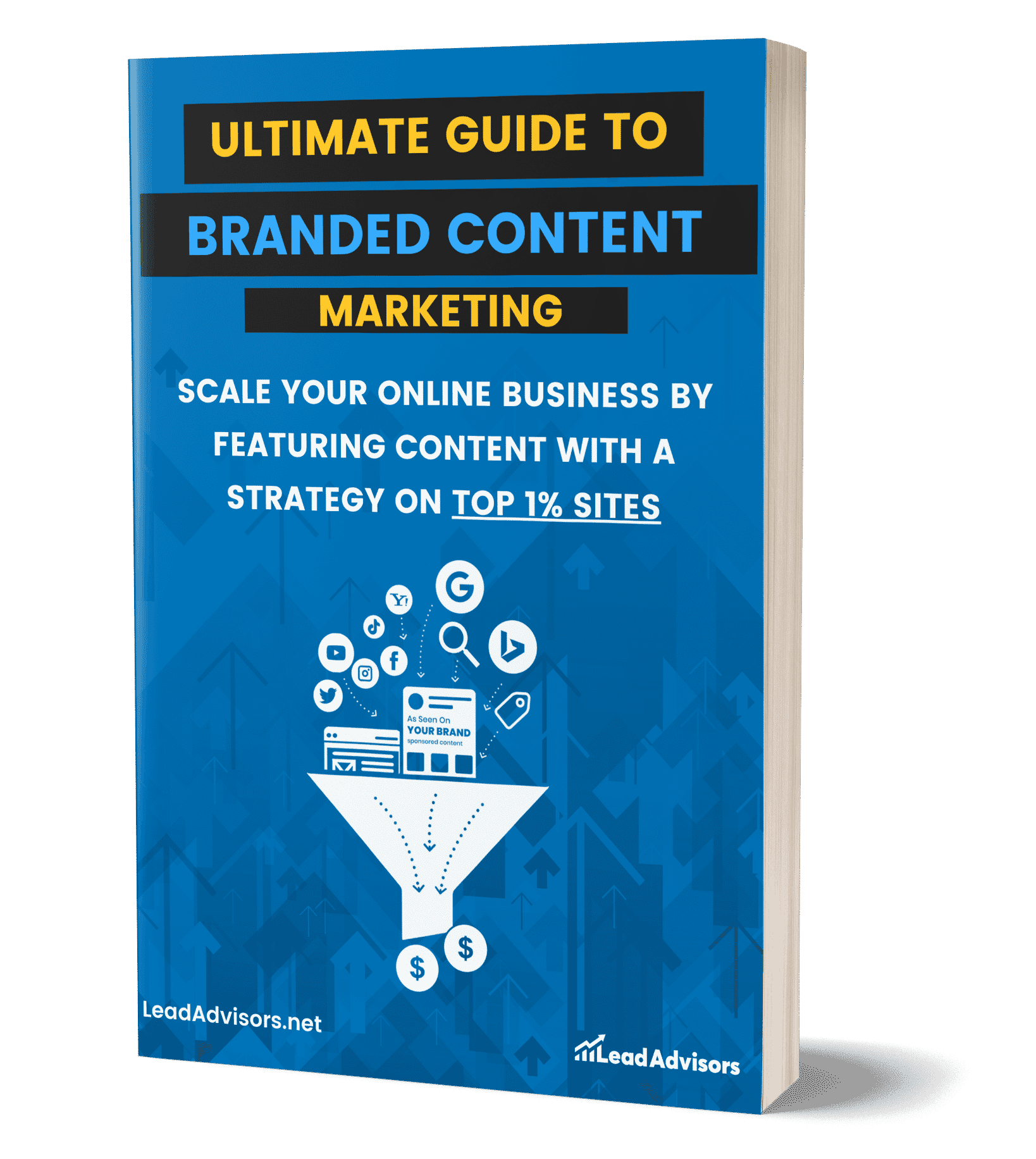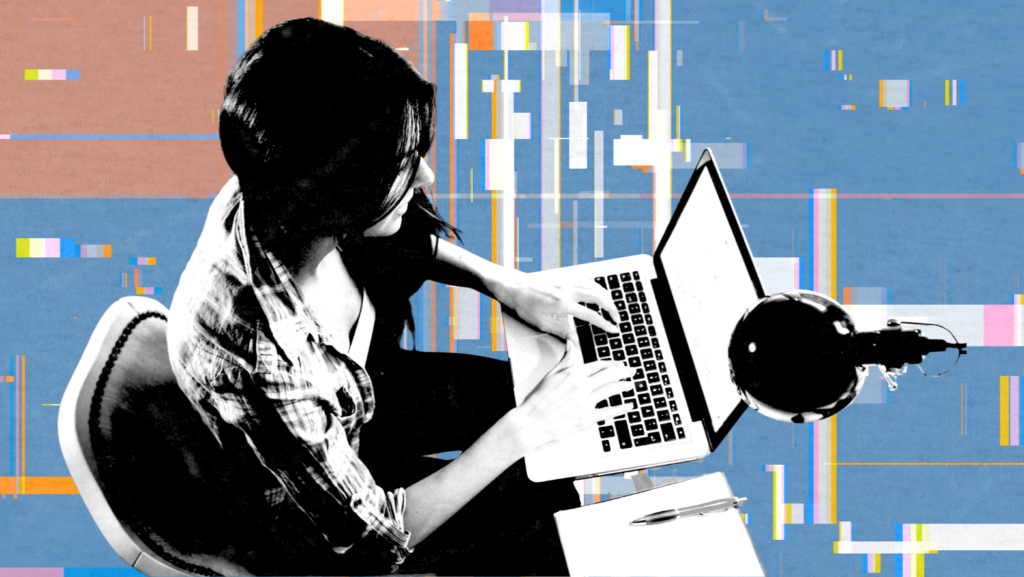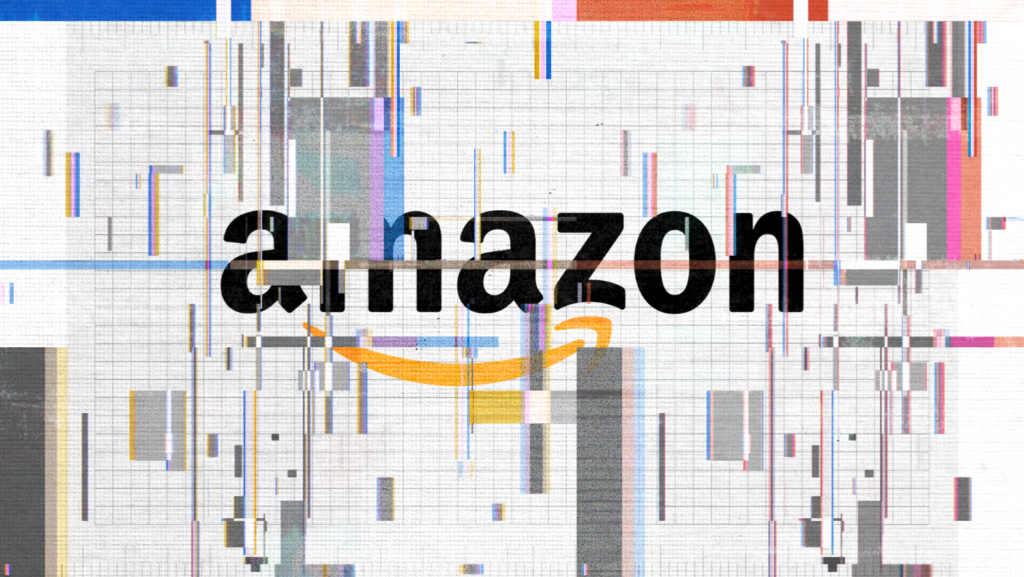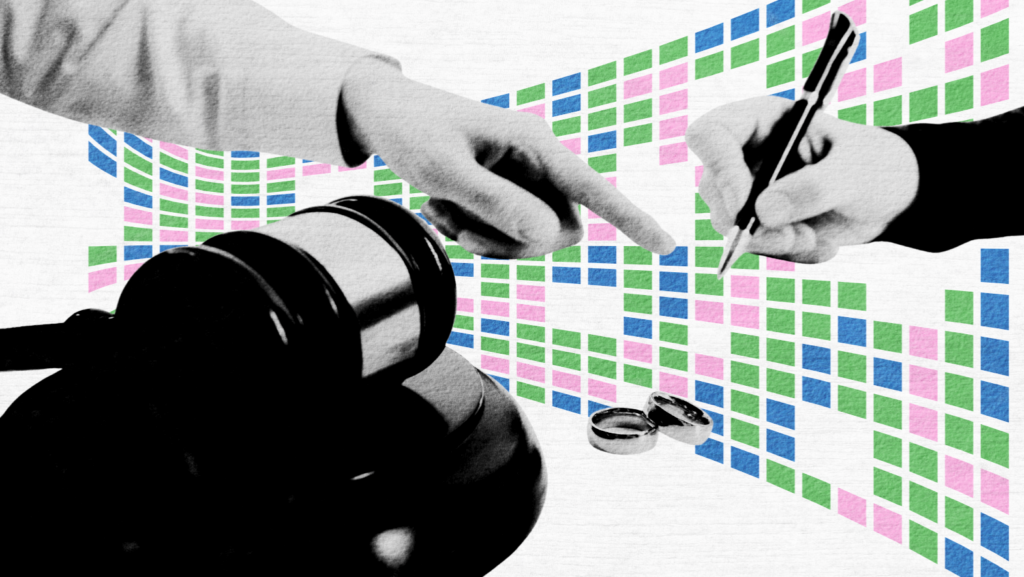Just do it.
Three words you already know. No logo, no voiceover, no context — and it still lands. You recognize it right away. You remember how it makes you feel. That’s the kind of line brands aim for.
The best brand slogans don’t just sell something. They last. They show up in conversations, in culture, even in how people describe themselves.
If you’re building a brand, working on a marketing campaign, or just trying to say more with less, it’s worth looking at the ones that got it right.
This guide walks through what those famous slogans actually look like, why they worked, and how to write one that does the same.
Slogan vs Tagline — What’s the Difference?
A lot of people use these words interchangeably. And in casual conversation, that’s fine. But if you’re serious about branding, it helps to know the difference.
- A tagline is a brand’s north star. It doesn’t change often. It defines the business, its mission, or its value in the simplest terms possible.
Example: Disneyland – The Happiest Place on Earth
- A slogan is usually created for a product, a specific marketing campaign, or a short-term message. It still needs to be sticky, but it’s often tied to a promotion, launch, or trend.
Example: “I’m going to Disneyland.”
Some brands blur the lines. Nike’s Just Do It works as both. But most brands benefit from keeping their brand’s tagline timeless and letting brand slogans evolve.
Read More: Best AI Slogan Generators (2025): Create Catchy Taglines Fast
What Makes a Great Slogan?
The most famous slogans in history have very little in common on the surface. Some are emotional. Others are funny. Some are bold or even strange. But once you dig a little deeper, certain patterns start to emerge.
Here’s what they share:
1. Short and punchy
If it can’t be remembered after one glance or one hearing, it’s too long.
Examples:
- Think Different (Apple)
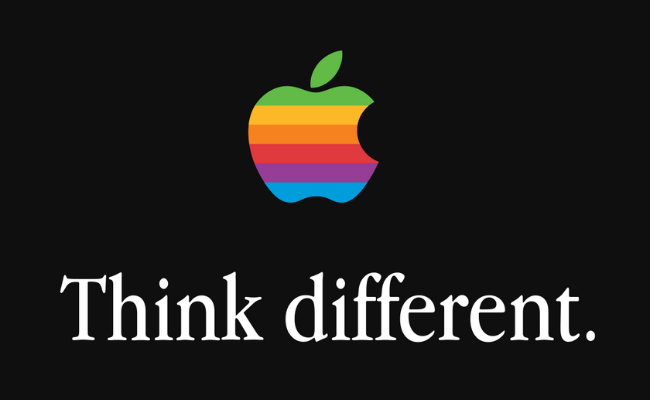
- Eat Fresh (Subway)
- Think Big (IMAX)
2. Emotionally resonant
Brand slogans aren’t just words. They’re tied to feelings. They inspire, comfort, challenge, or amuse.
Examples:
- Because You’re Worth It (L’Oréal) — empowerment
- Be All You Can Be (U.S. Army) — aspiration
- You’re Not You When You’re Hungry (Snickers) — humor and relatability
3. Distinctive
No one should be able to swap your slogan onto someone else’s brand and have it still make sense.
Examples:
- The Quicker Picker Upper (Bounty)
- Betcha Can’t Eat Just One (Lay’s)
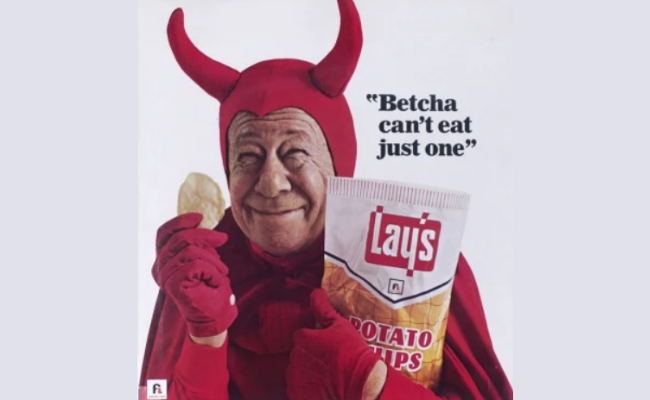
4. Not reliant on visuals
The line has to stand on its own — whether someone hears it in a podcast ad or reads it on a billboard with no images.
5. Aligned with brand tone and values
Playful lines don’t work for serious companies. Bold lines fall flat for brands that act quietly. Your slogan needs to match your voice.
Self-Test: Is Your Slogan Ready?
Ask yourself:
- Is it eight words or fewer?
- Does it evoke a clear emotion or image?
- Could your competition say it too?
- Does it need a logo or jingle to make sense?
- Would a customer repeat it to a friend?
If you can answer yes to the first two and no to the rest, you’re on the right path.
100+ Famous Slogans That Left a Mark
Instead of listing brand slogans alphabetically or by company size, this guide organizes them by function — what they’re doing emotionally or strategically.
Inspirational and Aspirational Famous Slogans
These famous slogans go beyond products — they’re built on ambition, identity, and movement. They’re not just marketing lines; they reflect how a brand wants people to feel about themselves when they buy in. Often used by athletic, tech, military, or personal development brands, these lines are designed to energize and empower. They tap into inner motivation, making people believe they’re capable of more — or that they’re part of something bigger.
- Nike – Just Do It
![]()
- Adidas – Impossible Is Nothing
- U.S. Army – Be All You Can Be
- Gatorade – Is It in You?
- IMAX – Think Big
- PlayStation – Live in Your World. Play in Ours.
- The Marines – The Few. The Proud. The Marines.
- Audi – Advancement Through Technology
- Lexus – The Relentless Pursuit of Perfection
- Jaguar – Grace, Space, Pace
- L’Oréal – Because You’re Worth It
- IBM – Think
- Panasonic – Ideas for Life
- Vrbo – We Have a Place for Everyone
- Nokia – Connecting People
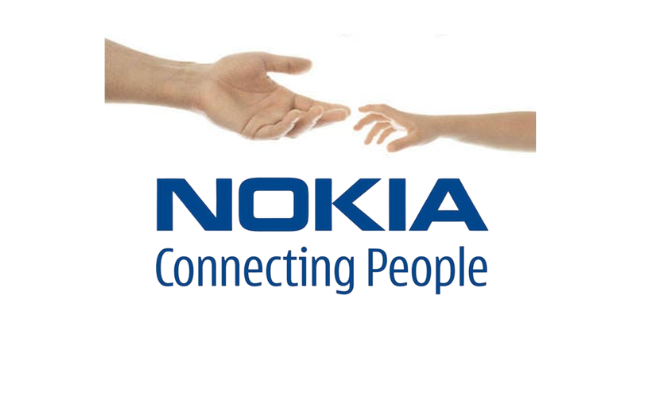
Funny or Playful Famous Slogans
Not every brand needs to be serious. These slogans use humor, absurdity, puns, and bold confidence to stand out. Playful messaging helps build strong emotional recall — especially for CPG, food, lifestyle, and entertainment brands. People are more likely to share or remember something that makes them smile. These lines often lean into exaggeration or surprise, and they humanize the brand voice.
- Snickers – You’re Not You When You’re Hungry
- Old Spice – The Man Your Man Could Smell Like
- Meow Mix – Tastes So Good, Cats Ask for It by Name
- Dollar Shave Club – Our Blades Are F***ing Great
- Wendy’s – Where’s the Beef?

- M&M’s – Melts in Your Mouth, Not in Your Hands
- Dr. Pepper – What’s the Worst That Could Happen?
- Ronseal – Does Exactly What It Says on the Tin
- Facebook – It’s Free and Always Will Be
- Nintendo 64 – Get N or Get Out
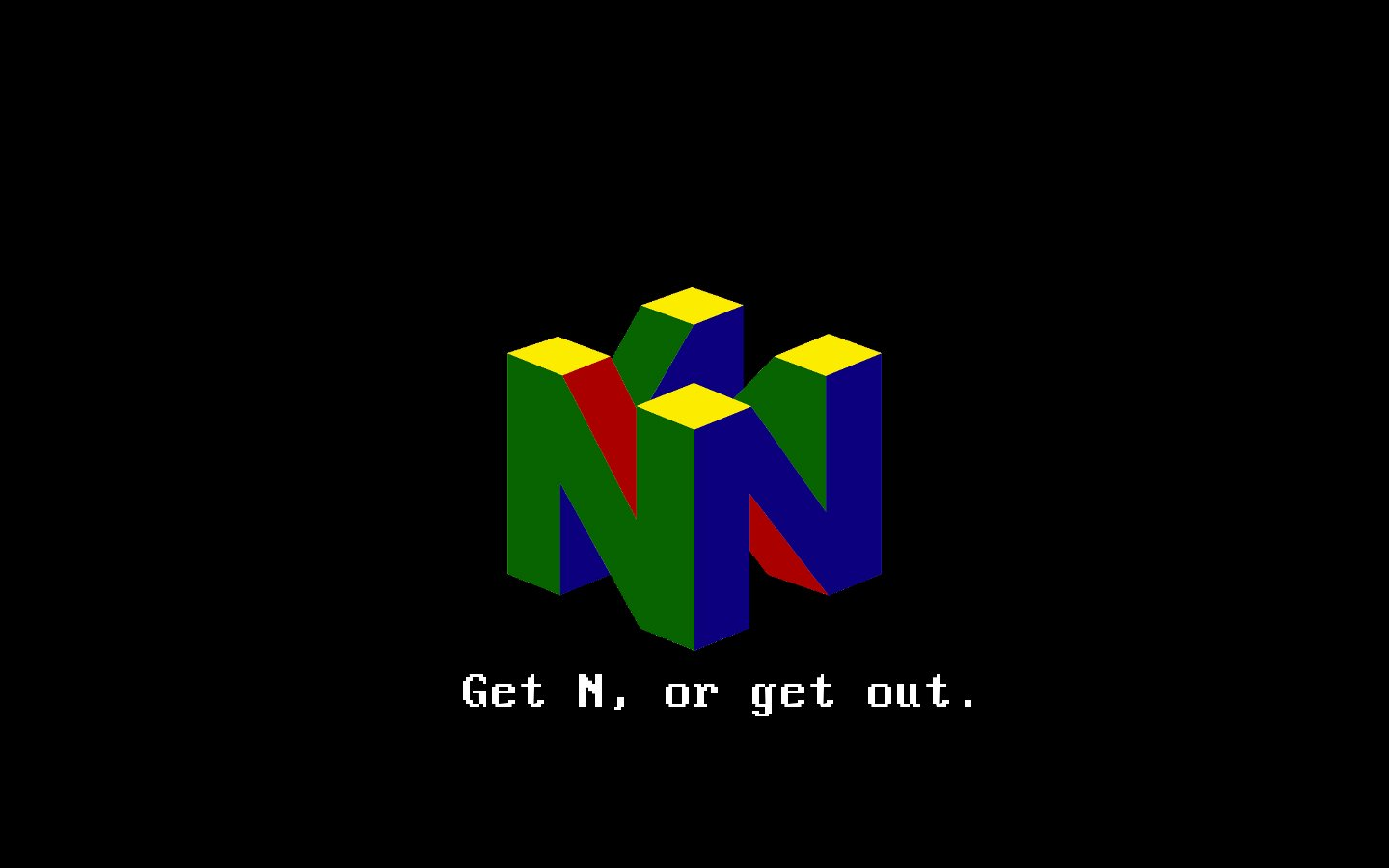
- Geico – So Easy, a Caveman Could Do It
- Camel – I’d Walk a Mile for a Camel
- Heinz – Beanz Meanz Heinz
- Kit Kat – Have a Break. Have a Kit Kat
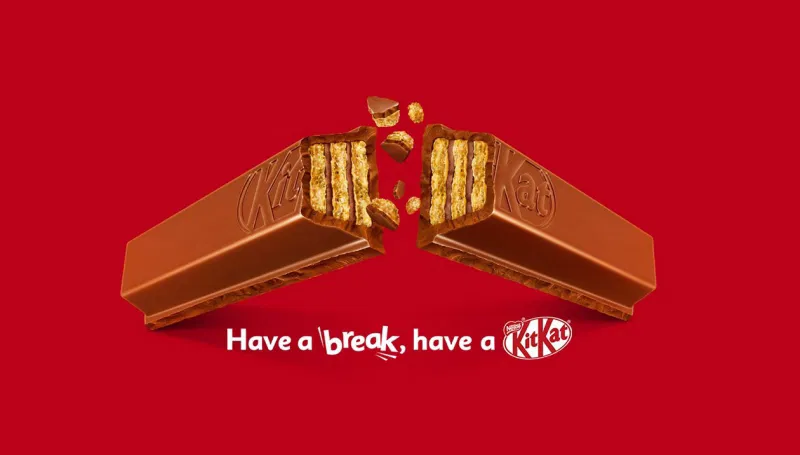
- Frosted Flakes – They’re GR-R-REAT!
Trust and Safety Famous Slogans
When peace of mind is the product, the messaging has to reflect that. These famous slogans come from industries where reliability is everything — insurance, healthcare, finance, or products involving risk and responsibility. The language often leans toward reassurance, calm, and experience. The goal is to establish confidence quickly and create emotional safety before a customer even speaks to a rep or clicks “buy.”
- Allstate – You’re in Good Hands
- State Farm – Like a Good Neighbor
- Farmers – We Know a Thing or Two Because We’ve Seen a Thing or Two
- USAA – We Know What It Means to Serve
- MetLife – Navigating Life Together
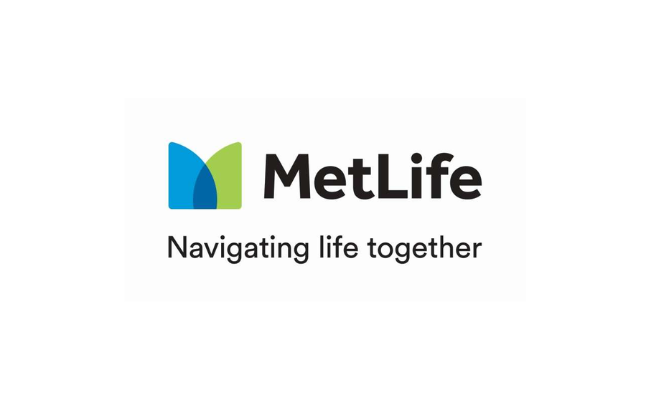
- Progressive – Progressive Is for All
- AXA – Know You Can
- Union Direct – The Home of Home Insurance
- Zurich – Because Change Happens
- Johnson & Johnson – A Family Company at Work for a Better World
Luxury and Lifestyle Famous Slogans
Luxury branding is about selling more than utility — it sells identity, status, exclusivity, and self-worth. These slogans are often slow to change because they’re tied to legacy, heritage, and aspirational thinking. Whether it’s jewelry, fashion, cars, or high-end skincare, these lines evoke refinement and meaning, often implying, if you have this, you’ve arrived.
- De Beers – A Diamond Is Forever
- BMW – The Ultimate Driving Machine
- Harley-Davidson – American by Birth. Rebel by Choice
- Maybelline – Maybe She’s Born With It. Maybe It’s Maybelline
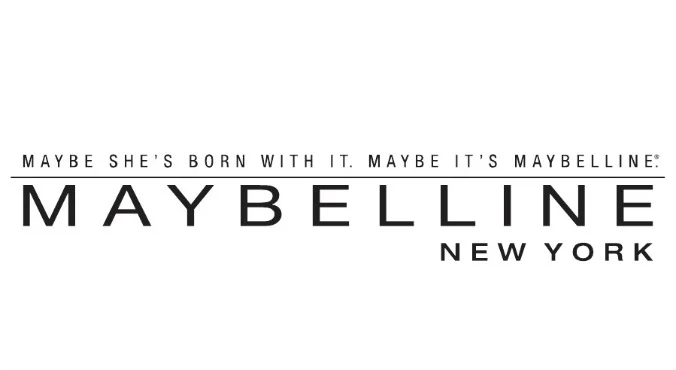
- Chanel – Share the Fantasy
- Tag Heuer – Don’t Crack Under Pressure
- Patek Philippe – You Never Actually Own a Patek Philippe…
- Stella Artois – Reassuringly Expensive
- Rothy’s – Reduce Your Carbon Footprint in Style
- Ferrari – We Are the Competition
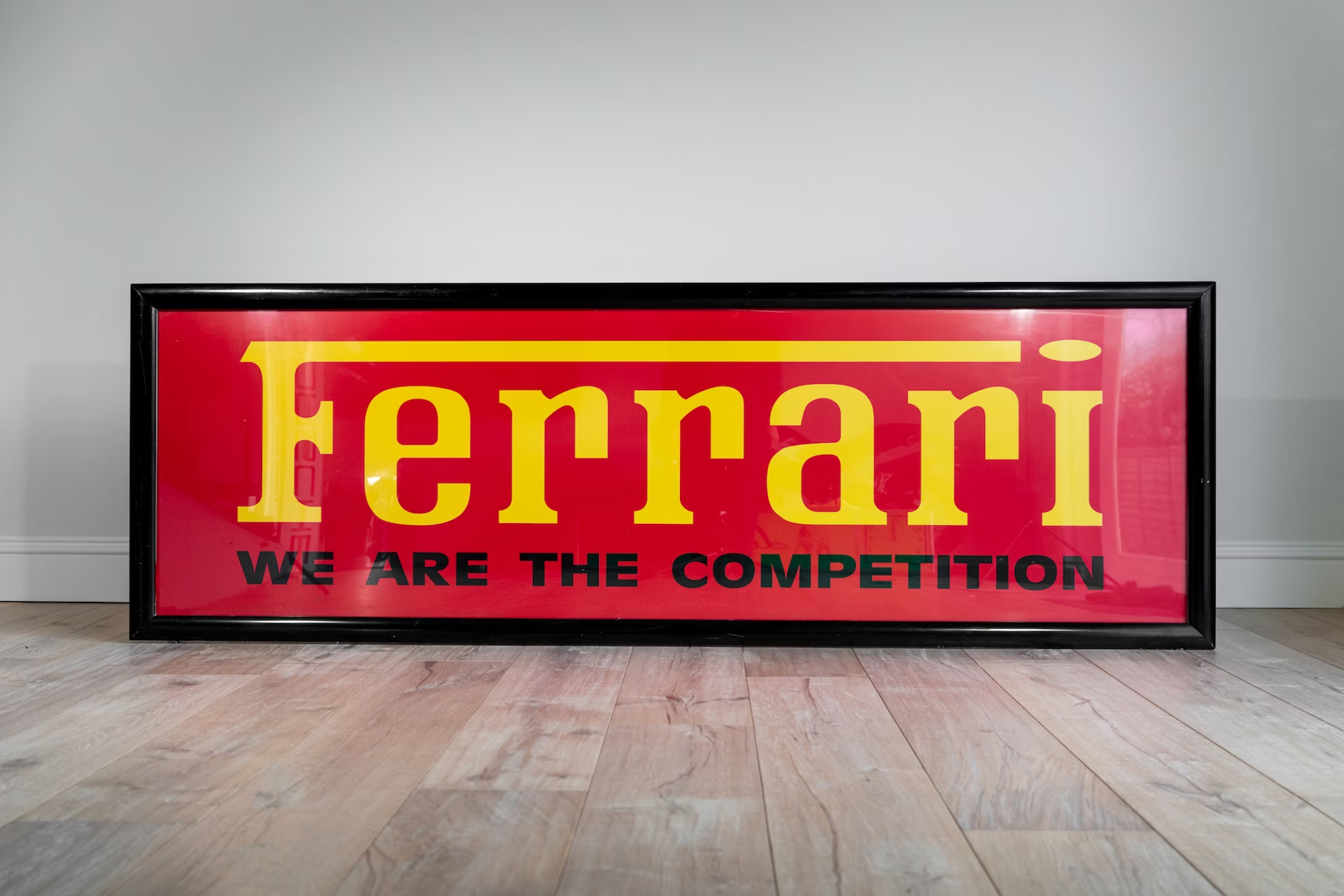
Food and Beverage Famous Slogans
If you can get people to associate your brand with flavor, comfort, or nostalgia, you’ve won. These slogans tap into taste memory, cravings, humor, and emotional rituals around food. Many of these lines are decades old — not because they’re outdated, but because they’re embedded into culture. Whether it’s joy, indulgence, or fun, food and beverage slogans often become part of everyday language.
- Coca-Cola – Open Happiness
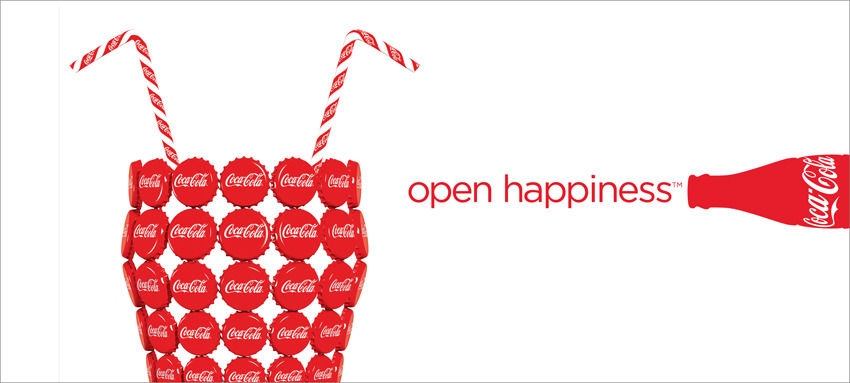
- Lay’s – Betcha Can’t Eat Just One
- KFC – Finger Lickin’ Good
- Rice Krispies – Snap! Crackle! Pop!
- Pepsi – The Choice of a New Generation
- Taco Bell – Think Outside the Bun
- Skittles – Taste the Rainbow
- Burger King – Have It Your Way
- Dunkin’ – America Runs on Dunkin’
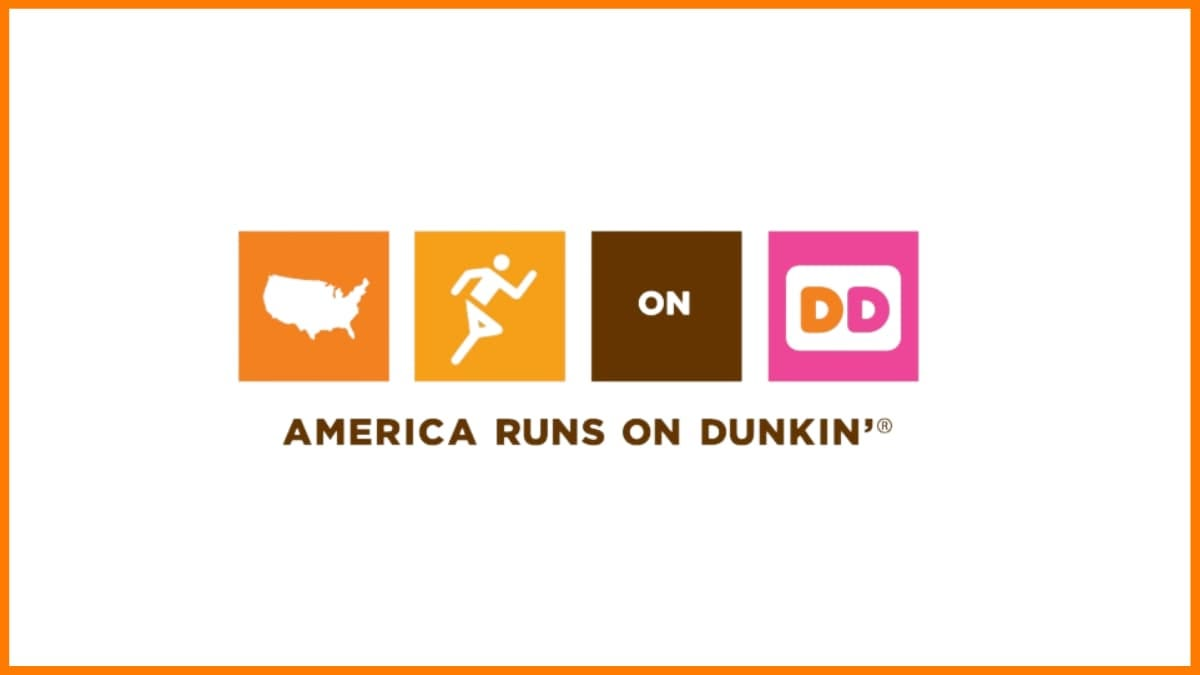
- Goldfish – The Snack That Smiles Back
- Campbell’s – Mmm! Mmm! Good!
- Hershey’s – Pure Happiness
- Olive Garden – When You’re Here, You’re Family
- Outback Steakhouse – No Rules, Just Right
- Bounty – The Quicker Picker Upper
- Pringles – Once You Pop, the Fun Don’t Stop
- Sprite – Obey Your Thirst
- Mountain Dew – Do the Dew
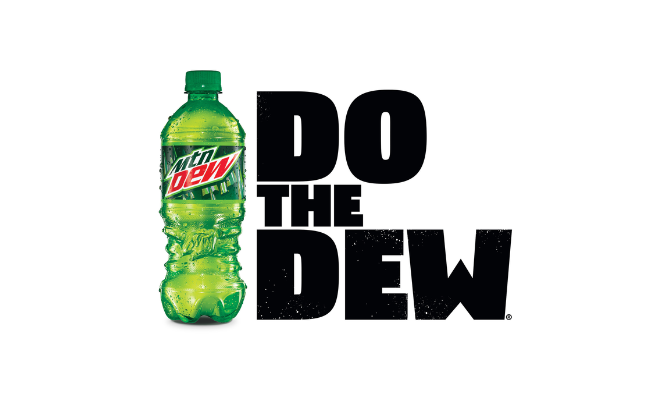
- Red Lobster – Seafood Differently
- Dairy Queen – Happy Tastes Good
Tech and Innovation Famous Slogans
The best tech slogans are clean, aspirational, and future-focused. They speak to progress, creativity, simplicity, or empowerment through tools. In a space dominated by innovation, these lines position brands as guides, problem-solvers, or enablers of what’s next. A good tech slogan often balances humanity with performance — making something advanced feel accessible and personal.
- Intel – Intel Inside
- GE – Imagination at Work
- Samsung – Do What You Can’t
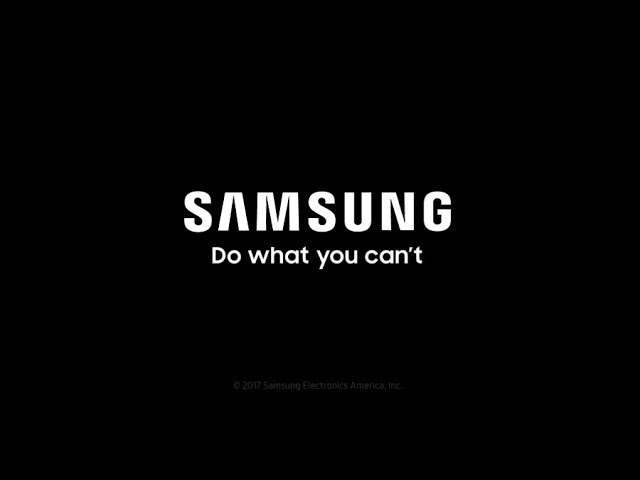
- Dell – Every Little Thing Is Everything
- Microsoft – Be What’s Next
- Huawei – Dreams Inspire Creativity
- HP – Keep Reinventing
- Canon – See What We Mean
- TikTok – Make Every Second Count
- Motorola – Hello Moto
- Philips – Innovation and You
- EA – Challenge Everything
- Discovery – Explore Your World
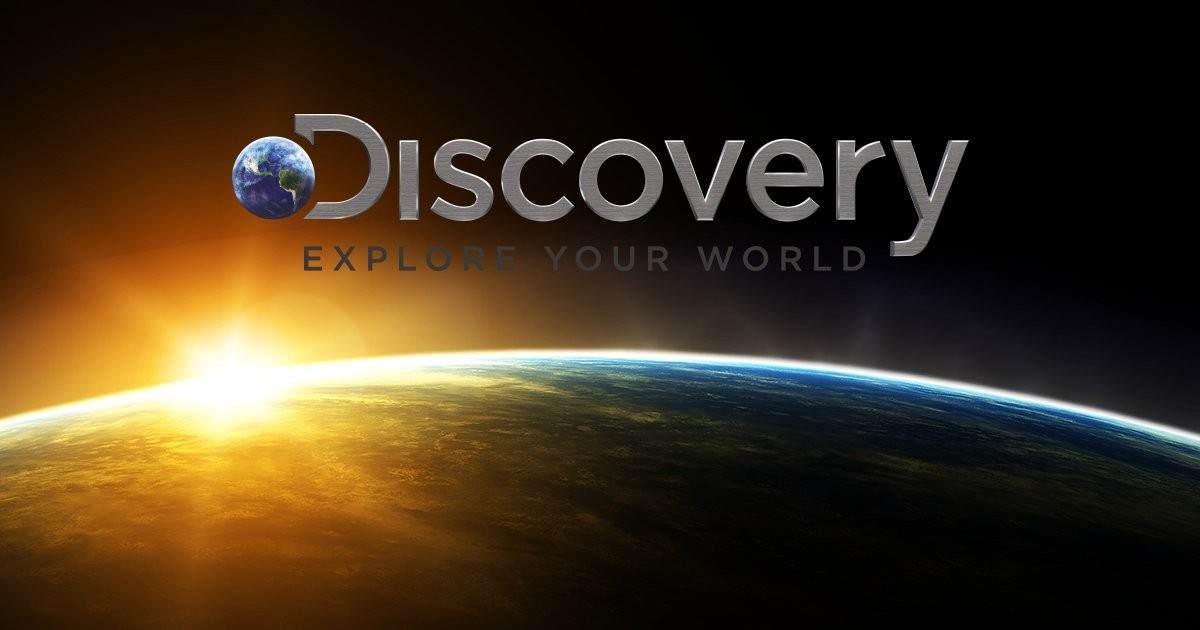
- Electronic Arts – We Exist to Inspire the World to Play
- Superdream – Normal Sleeps, Super Dreams
Retail, Travel, and Service Famous Slogans
These brand slogans are often transactional — they focus on saving time, money, hassle, or making life easier. But the best ones go further, tapping into emotion through lifestyle benefits and consistency. This category blends convenience with emotional resonance, often emphasizing speed, quality, freedom, or empowerment in small everyday decisions.
- Walmart – Save Money. Live Better.
- FedEx – When It Absolutely, Positively Has to Be There Overnight
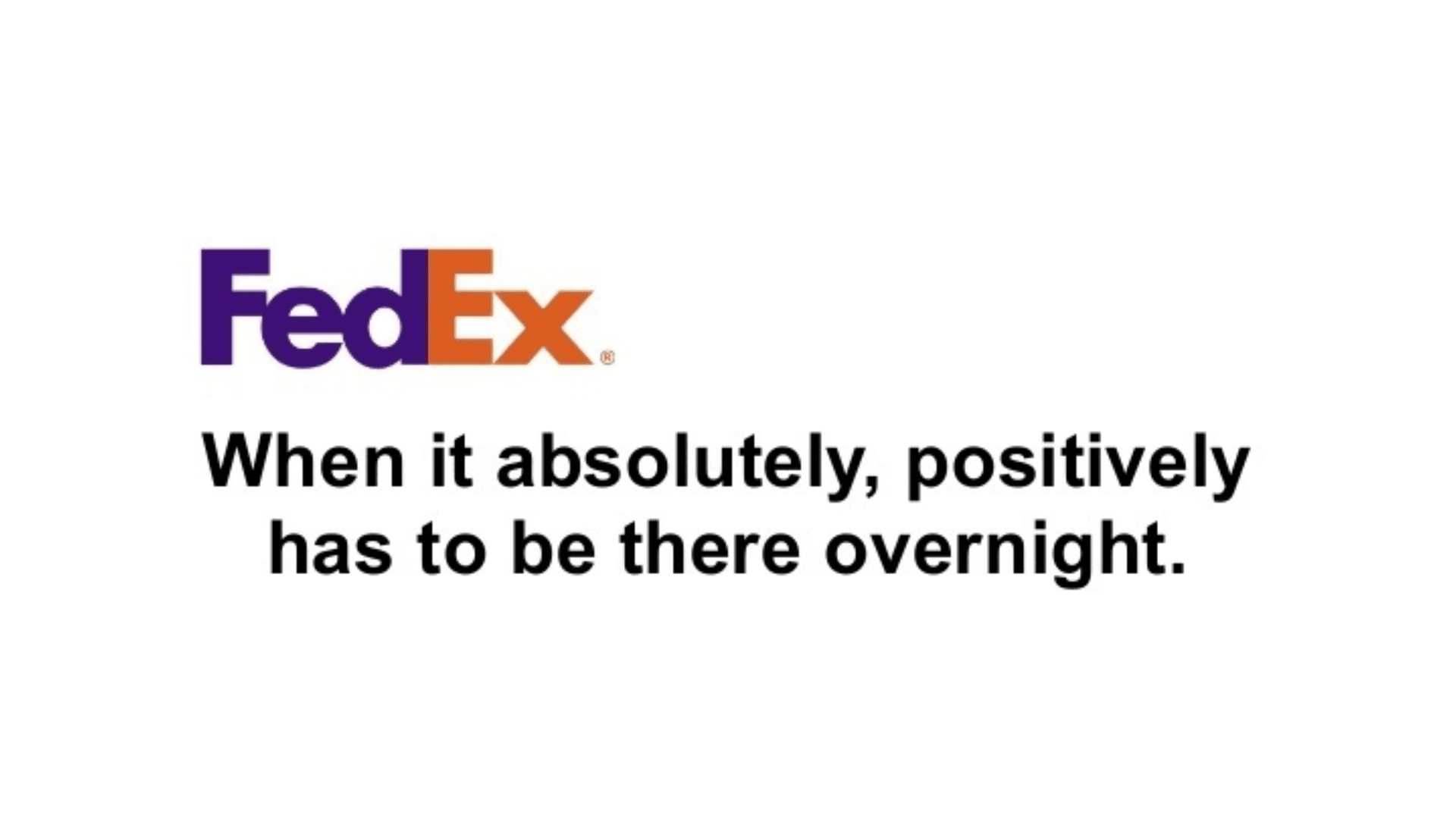
- Amazon – Work Hard. Have Fun. Make History.
- IKEA – The Wonderful Everyday
- Target – Expect More. Pay Less
- Visa – Everywhere You Want to Be
- eBay – Buy It. Sell It. Love It.
- UPS – What Can Brown Do for You?
- American Express – Don’t Leave Home Without It
- Avis – We Try Harder
- 7-Up – The Uncola
- The New York Times – All the News That’s Fit to Print
- Greyhound – Leave the Driving to Us
- Capital One – What’s in Your Wallet?
- Netflix – Netflix Is a Joke

Ethical and Mission-Focused Famous Slogans
More than ever, people want to buy from brands that stand for something. These slogans reflect values-driven positioning — social impact, environmental action, or purpose. These aren’t just about what a company does, but why it exists. Whether it’s transparency, sustainability, or activism, these brand slogans bring meaning to the business side of things.
- Patagonia – We’re in Business to Save Our Home Planet
- Google – Do The Right Thing
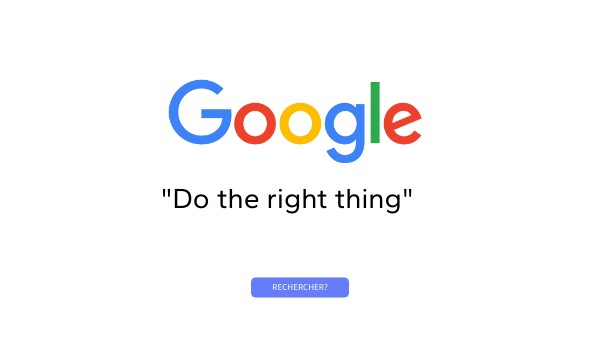
- The Washington Post – Democracy Dies in Darkness
- Tesla – Accelerating the World’s Transition to Sustainable Energy
- Pampers – Peaceful Nights, Playful Days
- Starbucks – Coffee That Inspires
- Purina – Your Pet, Our Passion
- Hallmark – When You Care Enough to Send the Very Best
- Kodak – Share Moments, Share Life
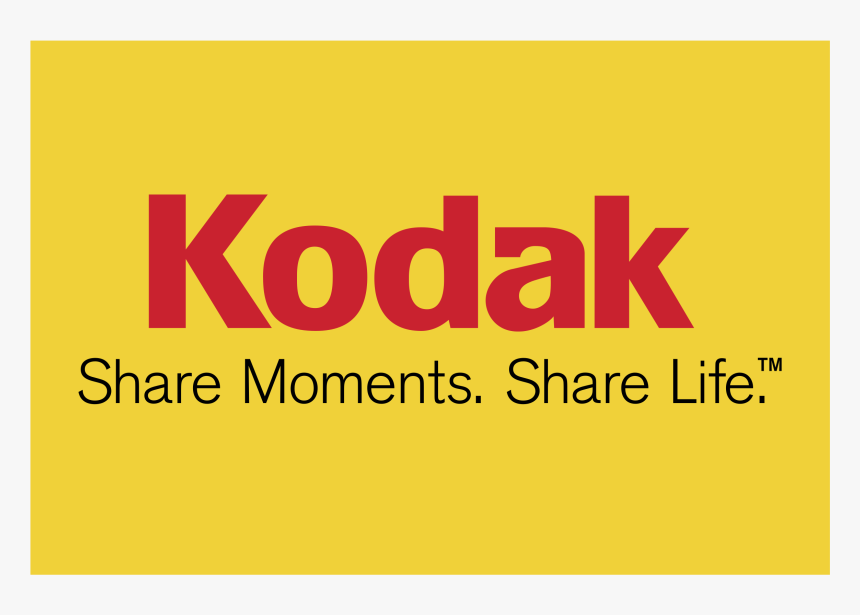
- Typhoo – You Only Get an ‘OO’ With Typhoo
You May Also Like: 100+ Business Quotes to Inspire Entrepreneurs, Leaders, and Dreamers
12 Styles That Show Up Again and Again
After analyzing over 200 of the world’s most recognizable and famous slogans, clear patterns emerge. While the wording may vary, many brand slogans fall into one of the 12 styles below. These aren’t formulas, but they are strong, creative frameworks — and the best slogans often borrow from more than one.
Use this list to find the tone, angle, or emotional core that fits your brand — or mix and match styles to spark new ideas.
1. The Reassurer
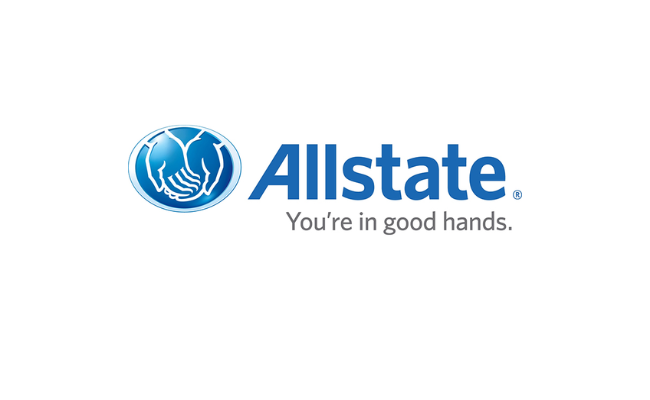
Example: You’re in Good Hands – Allstate
This type of slogan focuses on trust, care, and stability. It’s common in industries where people feel vulnerable — like insurance, healthcare, finance, or home services.
Why it works: It eases anxiety by positioning the brand as dependable and protective.
Use this if: You help people feel safe, solve big problems, or handle high-stakes situations.
2. The Challenger
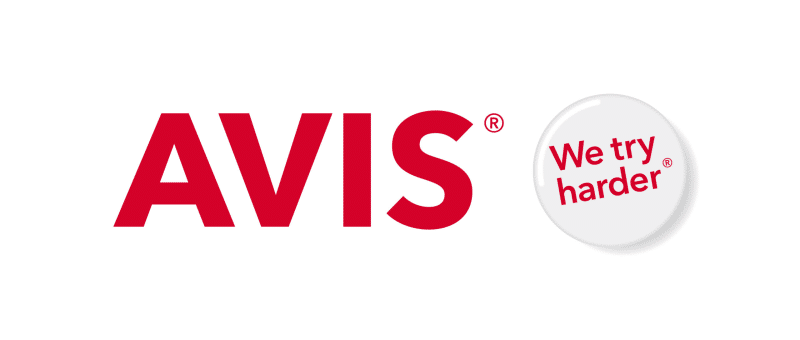
Example: We Try Harder – Avis
This is the underdog play. It works by owning second place and turning it into a strength. It’s direct, bold, and instantly positions the brand as scrappy and driven.
Why it works: It taps into the human instinct to root for the one fighting harder.
Use this if: You’re up against a bigger competitor — and want to frame that as an advantage.
3. The Motivator
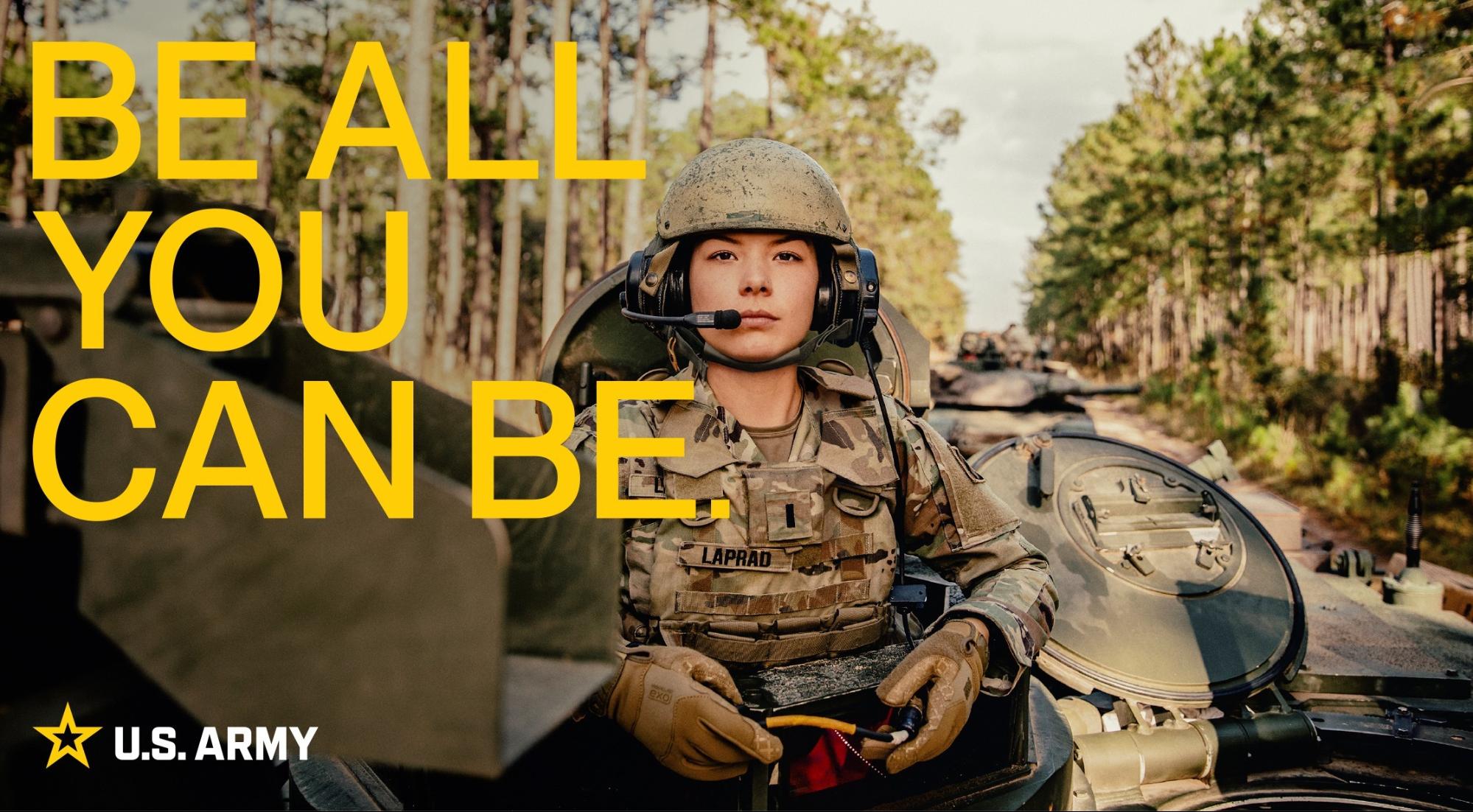
Example: Be All You Can Be – U.S. Army
This type of slogan encourages people to act, grow, or push themselves further. It’s a rally cry — and works best when your product is tied to achievement or transformation.
Why it works: It speaks to people’s desire to evolve or prove something to themselves.
Use this if: Your brand is about self-improvement, ambition, or empowerment.
4. The Humorist
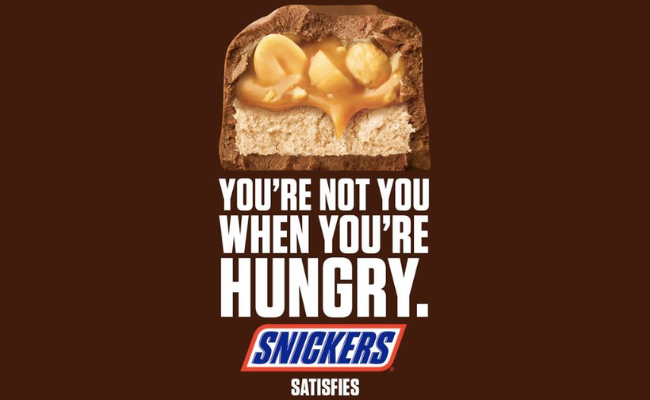
Example: You’re Not You When You’re Hungry – Snickers
These brand slogans entertain and disarm. They get remembered because they make people laugh, smile, or nod in recognition. Humor also lowers the guard for ad resistance.
Why it works: Funny = memorable. If people enjoy it, they’re more likely to repeat it.
Use this if: Your brand has a playful tone or solves a common problem in a relatable way.
5. The Aspirational
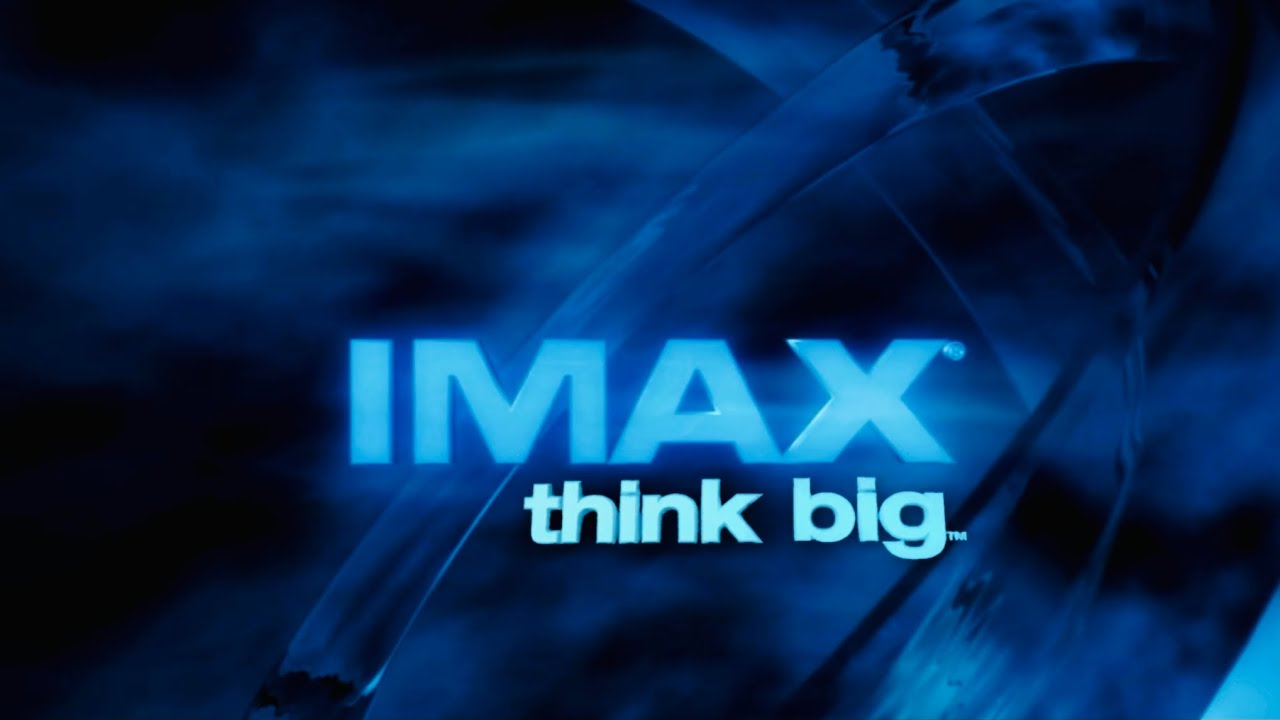
Example: Think Big – IMAX
This approach makes the customer feel part of something larger. It frames the brand as bold, visionary, or inspiring — without necessarily spelling out a benefit.
Why it works: It aligns the brand with ambition and “next-level” thinking.
Use this if: You want people to see your product as more than a purchase — as a statement.
6. The Disruptor
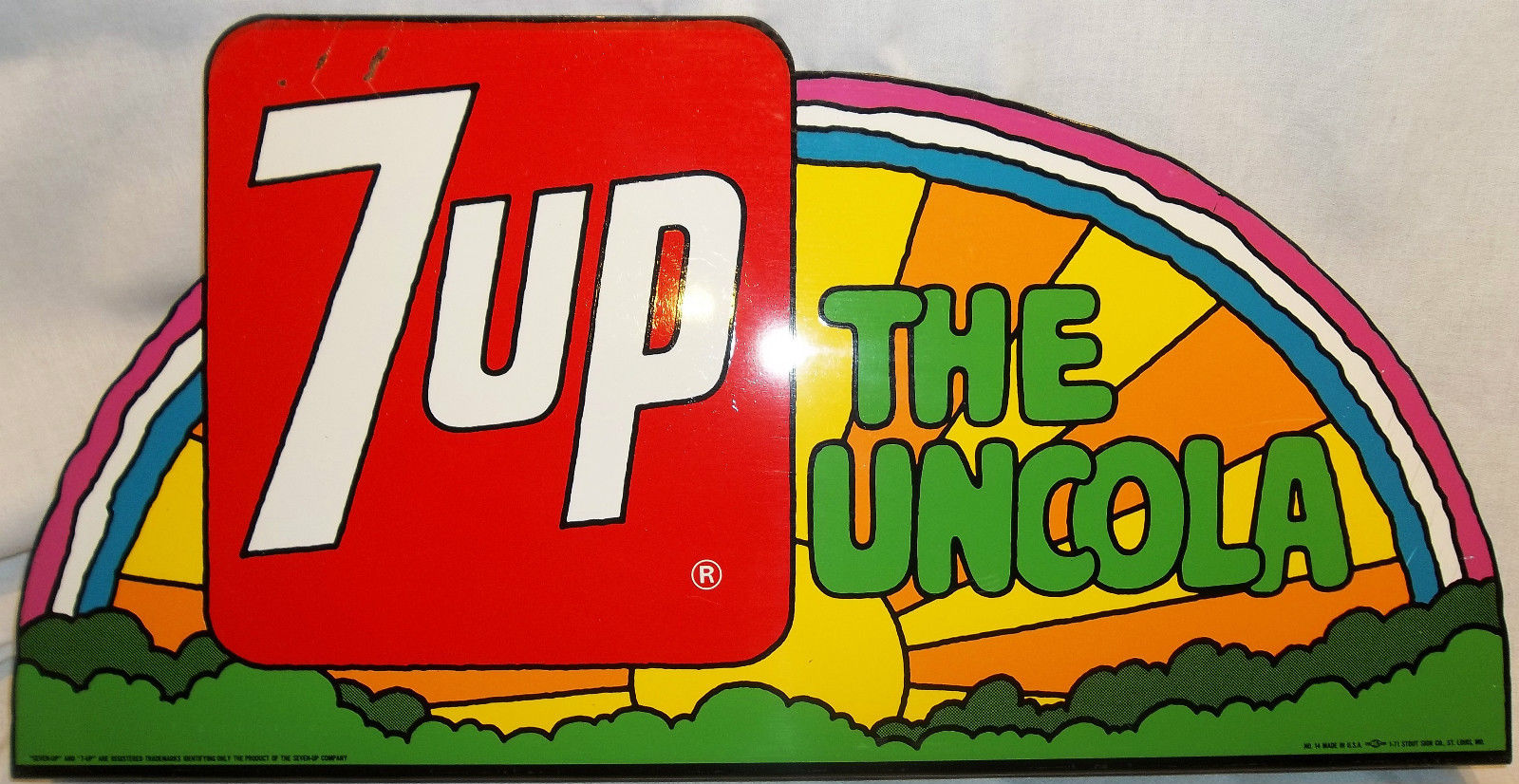
Example: The Uncola – 7-Up
This style sets the brand apart by pointing out what it’s not. It works best in crowded categories where everyone starts to look the same — until you show up.
Why it works: It positions you as the alternative, the fresh take, or the rebel.
Use this if: You’re a challenger brand or doing something the category hasn’t seen before.
7. The Lifestyle Seller
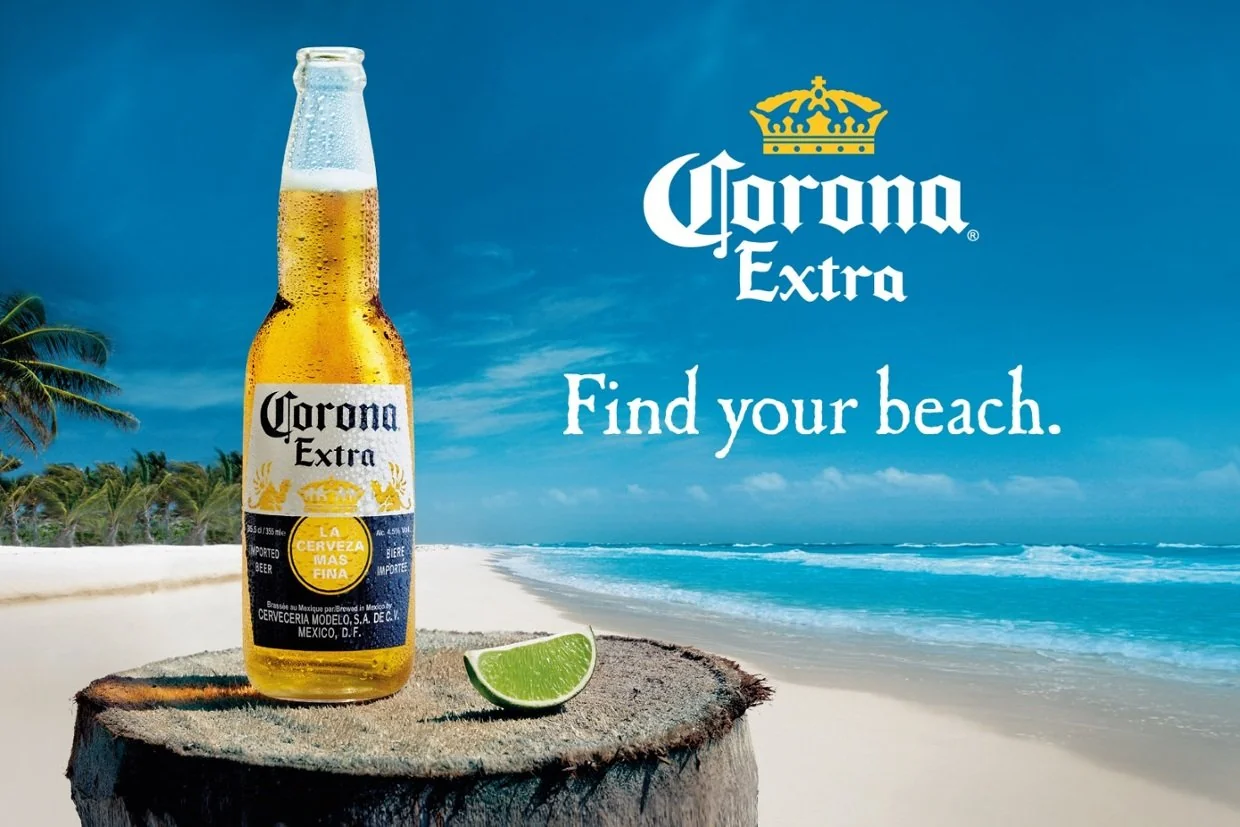
Example: Find Your Beach – Corona
This goes beyond product. It sells an emotion, a moment, or a way of living. Often vague on purpose, it allows people to project their own ideal onto the brand.
Why it works: It connects on a personal level and suggests a feeling people want more of.
Use this if: You’re selling an experience or an identity — not just a product.
8. The Simplifier
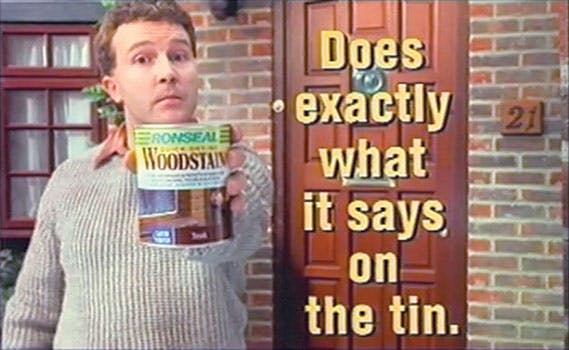
Example: Does Exactly What It Says on the Tin – Ronseal
This type is brutally straightforward. It can be dry or witty, but the tone is always honest. It appeals to people who don’t want fluff or ambiguity.
Why it works: It builds credibility by skipping the hype.
Use this if: Your product’s strength is in being clear, dependable, and no-nonsense.
9. The Sensory Hook
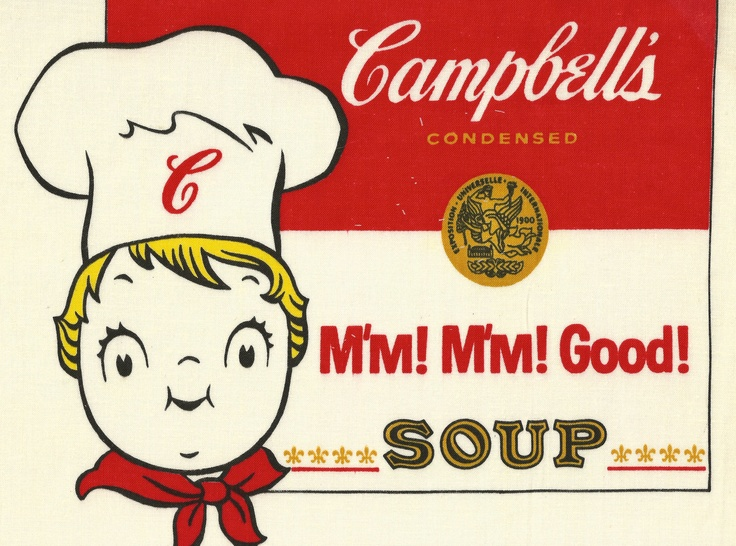
Example: Mmm Mmm Good – Campbell’s
These famous company slogans appeal to taste, sound, texture, or smell. They work especially well for food, drink, and lifestyle products — anything you feel as much as you use.
Why it works: They spark memory and emotion by tapping the senses.
Use this if: Your product is experiential and benefits from vivid or nostalgic association.
10. The Ethical Voice

Example: Don’t Be Evil – Google (legacy motto)
These company slogans tie the brand to a set of values. They often appeal to socially aware or skeptical consumers — and help create a moral anchor for brand behavior.
Why it works: It builds trust by taking a clear stance.
Use this if: Your brand exists to challenge a system, solve a social issue, or lead with principle.
11. The Timeless Classic
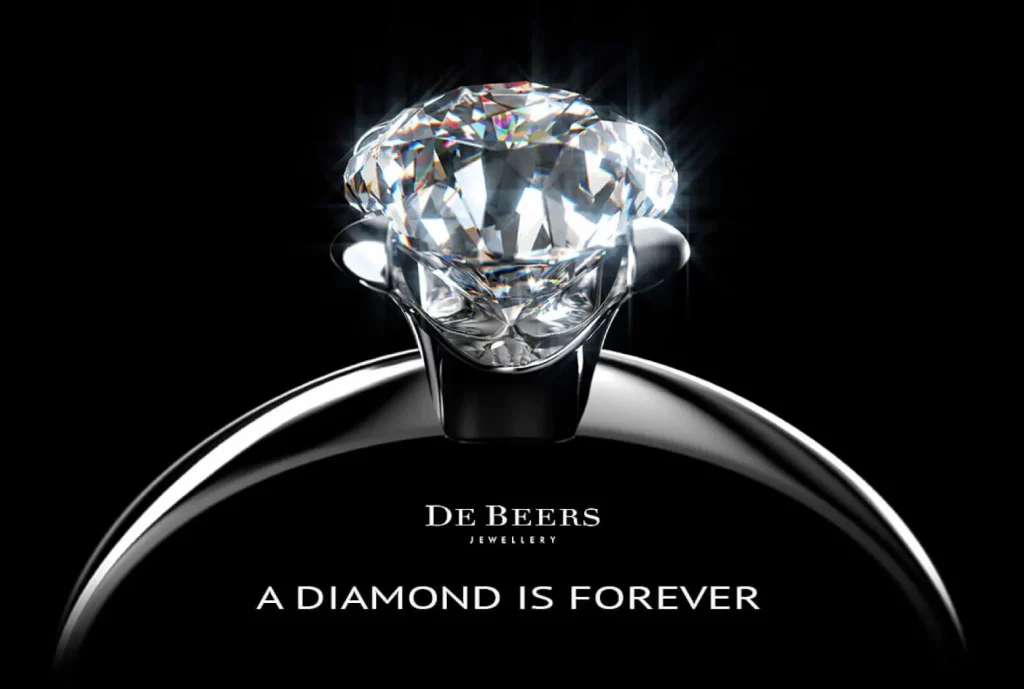
Example: A Diamond Is Forever – De Beers
These company slogans are designed to endure. They’re elegant, minimal, and rooted in a universal truth. Many become synonymous with the brand itself.
Why it works: It becomes part of culture — and often sells an emotion or belief, not a feature.
Use this if: You want your brand to feel historic, iconic, or tied to tradition.
12. The Provocateur
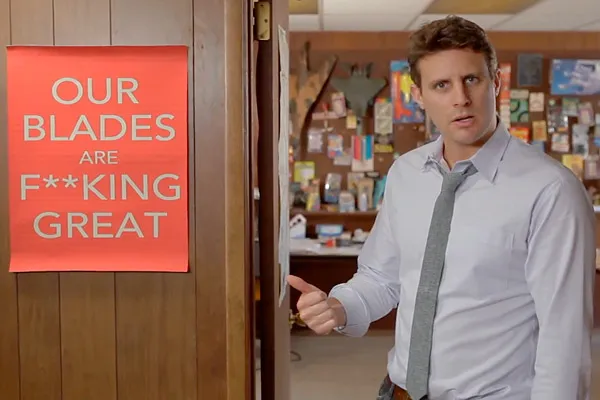
Example: Our Blades Are F**ing Great* – Dollar Shave Club
This approach breaks norms. It’s bold, edgy, or even controversial — but always attention-grabbing. It’s used to shock, entertain, or create word-of-mouth.
Why it works: It forces a reaction and sets a tone most brands are afraid to touch.
Use this if: Your brand thrives on personality, irreverence, or disruption — and can back it up.
Want your catchy slogan to pop even more? Try blending styles.
Example: Just Do It combines the Motivator with the Simplifier.
Live in Your World. Play in Ours. fuses Aspirational, Lifestyle, and a subtle Disruptor feel.
Blending adds nuance — and helps avoid sounding like every other line out there.
Let me know if you’d like these in a template for brand teams or a workshop format.
How to Create a Slogan That Sticks
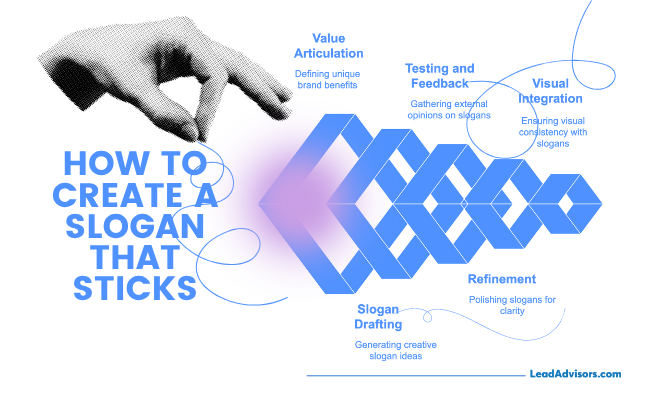
Whether you’re branding a company, launching a product, or running a short-term campaign, a catchy slogan can make or break how people remember you. The steps below will walk you through how to come up with one that’s memorable, meaningful, and built to last.
1. Know your audience
Before you write anything, get clear on who you’re trying to reach.
- What do they care about?
- What problems are they trying to solve?
- What type of tone and voice feels right to them — casual or formal, bold or understated?
If your slogan doesn’t speak their language or touch on their priorities, it’ll miss the mark. You’re not writing for you — you’re writing for them.
2. Write out your value
Start with substance. List out what your brand offers that others don’t. But don’t just focus on product features — think about how those features translate into benefits. And from there, think about the emotional payoff.
Examples:
- A fast delivery service isn’t just “two-day shipping” — it’s peace of mind.
- An eco-friendly product isn’t just “biodegradable” — it’s guilt-free convenience.
This step is about identifying the core idea you want the slogan to convey — not the words yet, just the message.
3. Draft 10 to 20 raw lines
Write freely. Get messy. Don’t aim for perfection here.
Try different techniques:
- Rhyming (e.g. Shave Time. Shave Money.)
- Repetition (e.g. Keeps Going and Going and Going.)
- Contrast (e.g. Think Small.)
- Metaphor (e.g. Red Bull Gives You Wings.)
- Puns, wordplay, structure flips — test them all.
Quantity matters in this phase. Your best idea might be your 14th.
4. Test with others
Take your top 3–5 options and put them in front of real people — not just coworkers or friends who’ll say “it’s nice.”
Ask:
- What line stands out most?
- What does it make you think the brand does?
- How does it make you feel?
Crucially, don’t explain the slogan when you show it. If it doesn’t land on its own, it’s not ready.
5. Refine
After testing, go back to your drafts with fresh eyes. Trim excess. Cut filler words. Remove anything that dilutes the core idea.
A good rule: if a word doesn’t help with clarity or rhythm, cut it.
You might also notice that your favorite option isn’t the best-performing one. Be honest about which slogan actually works, not just which one you’re emotionally attached to.
6. Pair with visuals
A catchy slogan should stand on its own — but in the real world, it rarely does. You’ll want to see how it looks:
- Next to your logo
- On your website
- In print ads, packaging, or social posts
Ask yourself:
- Does it clash with your visual and brand identity?
- Is the tone consistent?
- Does the spacing or length create awkward design issues?
If it doesn’t hold up in context, tweak the line or the layout.
What to Avoid
Even a clever idea can fall flat if the delivery feels forced, confusing, or disconnected from your brand. These are the most common pitfalls that weaken company slogans — and how to avoid them:
Trying too hard to be clever
If a slogan needs to be explained, it’s already failed. Wordplay, puns, and irony can be fun — but only if they’re instantly clear.
What goes wrong:
- Too many layers of meaning
- Obscure metaphors or references
- Prioritizing cleverness over clarity
Instead:
Aim for simple, sharp language that still packs personality. Remember: memorable beats witty.
Sounding like someone else
Your slogan should sound like you, not a recycled version of a trend or a tech giant. A minimalist line like Apple’s “Think Different” works because it was true to their brand identity, not because minimalism is always effective.
What goes wrong:
- Generic phrases anyone could use
- Mimicking bigger or trendier brands
- Borrowing company slogans that clash with your tone
Instead:
Define your voice first, then write within that voice. Test your slogan by asking: Could this apply to five other companies? If so, it’s not distinct enough.
Using dated references
A catchy slogan needs longevity. If it relies on slang, internet culture, or tech buzzwords that change fast, it might feel stale before the campaign ends.
What goes wrong:
- Using TikTok references, meme catchphrases, or trending jargon
- Referencing tech that may not last (e.g. “in the cloud,” “powered by AI”)
Instead:
Focus on ideas that don’t age — feelings, values, benefits. If humor is part of your brand, make sure it’s timeless, not trendy.
Relying on your logo or jingle
A strong slogan should work in any context — whether it’s spoken aloud, printed on packaging, or seen in a social post. If it only makes sense when paired with a visual or audio cue, it’s not doing its job.
What goes wrong:
- Depending on animations, music, or imagery for meaning
- Building the line around logo shapes or brand sounds
Instead:
Read the line in plain text. If it still delivers the message, it’s strong.
Overpromising
Company slogans that claim to be “the best,” “the only,” or “number one” set expectations that are hard to prove — and easy to challenge.
What goes wrong:
- Making broad, unverified claims
- Sounding arrogant or out of touch
- Turning off skeptical or value-focused audiences
Instead:
Use specific emotional or functional benefits. “Save Money. Live Better.” works because it’s focused on impact, not ego.
Where Slogans Are Going
The format may still be short, but how memorable slogans are created, delivered, and adapted is changing — fast. Here’s how modern branding is evolving the way slogans work:
Social-first slogans
Company slogans aren’t just taglines anymore — they’re hashtags, marketing campaign hooks, and community rallying cries.
Examples:
- #ShareACoke (Coca-Cola)
- #HaveABreak (KitKat)
- #LikeAGirl (Always)
What this means:
- Your line should feel natural as a hashtag or caption.
- It needs to carry meaning on its own — especially on fast-moving platforms like TikTok, Twitter, or Instagram.
Personalized messaging
Brands are shifting from one-size-fits-all slogans to personalized marketing campaign lines tailored to individuals.
Example:
- Spotify Wrapped delivers user-specific lines like “You spent 2,456 minutes with Drake. You’re basically family.”
What this means:
- Future slogans may adapt in real time, based on behavior or preferences.
- Flexibility and modular messaging are becoming part of the strategy.
Moral clarity
More brands are tying their advertising slogan to values, not just benefits or personality. People want to know what you stand for, not just what you sell.
Examples:
- Patagonia – “We’re in business to save our home planet”
- Ben & Jerry’s – “Peace, Love, & Ice Cream”
- The Washington Post – “Democracy Dies in Darkness”
What this means:
- Mission-driven messaging is more important than ever.
- Your slogan can shape perception beyond product — it can align your brand with movements and mindsets.
Wrap-Up: Slogans Still Matter
From Think Different to Eat Fresh, great slogans tell a story in a flash. They’re part of how people remember you — and why they choose you.
If you’re working on a line of your own, start with clarity. Start with truth. The clever part will come later.
Have a favorite slogan that’s stuck with you? Share it below — and if you’re working on one now, test it out in the comments.

